Personal style is more than just a superficial choice in today’s world. It’s a reflection of who we are, our desires, and even our psychological state. Through the clothes we wear, the accessories we choose, and the colors we gravitate toward, we make a statement about our personalities, whether intentionally or not.
Consider the classic choice of rings. While once limited to the singular wedding band, today’s selection showcases an array of designs, metals, and gems. What does your choice of a ring convey? Is it a symbol of power, commitment, or simply fashion?
Let’s delve deeper into the nuances of style and its psychological implications.
Fashion As A Means Of Self-Expression
Fashion isn’t merely about looking good. For many, it’s a means to express their identity, beliefs, or affiliations. Through fashion, you can rebel, conform, make a statement, or simply experiment.
Choosing to wear eco-friendly brands, for instance, isn’t just a style choice; it’s a statement about your values. Similarly, flaunting mens rings with unique designs or symbols can be a nod to your personal journey, interests, or achievements.
Impact Of Cultural Background On Style Choices
Culture plays a significant role in molding style preferences. Growing up in a particular environment, you’re exposed to certain colors, patterns, and clothing norms. These factors shape your idea of what’s normal and attractive. For example, a person from a tropical country might prefer bright, vibrant colors, while someone from a colder region might lean toward muted tones.
But it’s not just about the climate. Cultural traditions, festivals, and even historical events can have a lasting influence on the clothing choices of an entire community. Understanding this gives you a deeper insight into a person’s background and values.
Role Of Personal Experiences In Defining Style
Have you ever noticed that some people always wear a particular color or always choose a specific style of clothing? Personal experiences, both good and bad, shape these choices. A fond memory associated with a color might make you favor it, while a traumatic event might lead you to avoid it entirely.
Your choices, such as those funky shoes or that unique necklace, might be linked to specific moments or people in your life. They serve as reminders or badges of certain experiences, signaling them not just to the world but to yourself.
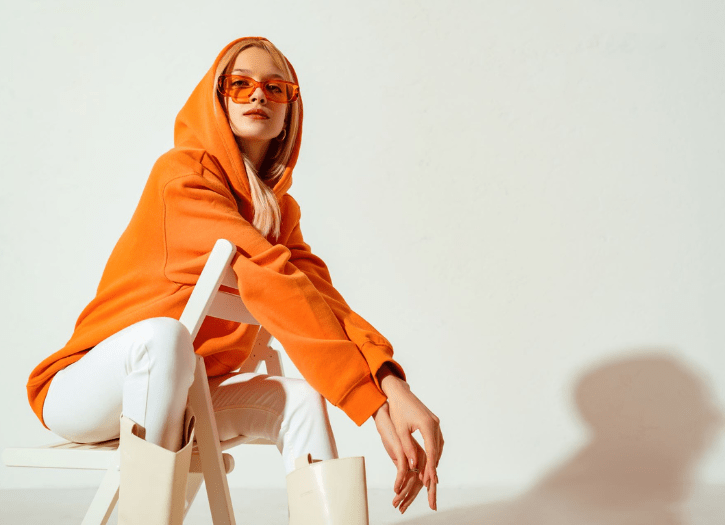
The Influence Of Mood And Emotional State
It’s not uncommon to hear someone say they’re wearing a particular outfit because it feels right for the day. Your emotional state can significantly influence your style choices. Feeling confident? You might reach for that bold dress or flashy accessory. Having a down day? Comfortable, loose-fitting clothes might be your go-to.
Interestingly, it works the other way around, too. Wearing certain clothes can influence your mood. Slipping into a tailored suit might make you feel more confident, while cozy pajamas might make you feel relaxed.
Straddling Conformity And Distinctiveness
While fashion is a personal choice, societal norms and peer pressure can influence it. The desire to fit in can sometimes overshadow the urge to stand out. But there should be a balance. Even within the bounds of conformity, there’s room for individuality. It’s in the little things—a quirky pin, a unique pair of earrings, or even rings that defy convention.
This tightrope walk between conformity and individuality is what makes fashion so intriguing. While trends set the stage, personal touches bring the play to life.
The Evolution Of Style Over Time
As you age, your fashion choices evolve, much like your taste in music or food. Childhood might be about bright colors and fun patterns, while adolescence often leans toward experimentation, sometimes influenced by popular culture and icons. As you transition into adulthood, the quest for a signature style begins, often driven by professionalism and personal comfort.
Remember those oversized shirts you once adored? Now, you might prefer subtler, classic designs that resonate more with your mature outlook. This evolution isn’t just about age but also about the changing phases and roles in life. Becoming a parent, climbing the corporate ladder, or even embarking on a spiritual journey can deeply influence your style.
The Science Behind Color Choices
Colors are more than mere visual spectacles—they’re potent psychological tools. Have you ever wondered why you’re drawn to serene blues or passionate reds? Colors can evoke emotions, memories, and even physical sensations. Warm colors like red and orange can elicit feelings of warmth and comfort but also passion and energy. Cooler shades like blue or green can be calming and reflective.
When choosing an outfit or an accessory, the color you select can say a lot about your current emotional state or the vibes you want to radiate. For instance, wearing green might indicate a desire for peace and harmony, while black can signify power, sophistication, or even mystery.
Conclusion
Style is deeply personal. It’s a mirror into a person’s psyche, reflecting myriad facets—from cultural background to personal experiences. So, the next time you make a style choice, know that you’re telling a story, one stitch at a time.
Author’s Bio:
Sophia Clark is a seasoned psychologist and style enthusiast. With a deep understanding of human behavior, Sophia explores the fascinating world of fashion and personal style. In her article, “The Psychology Of Style: What Your Choices Say About You,” she delves into the intricate connections between clothing choices and personality traits. Sophia’s work draws on her expertise in cognitive psychology, helping readers decode the hidden messages in their wardrobe selections. Beyond her professional pursuits, Sophia enjoys exploring art galleries, experimenting with fashion trends, and advocating for mental health awareness.

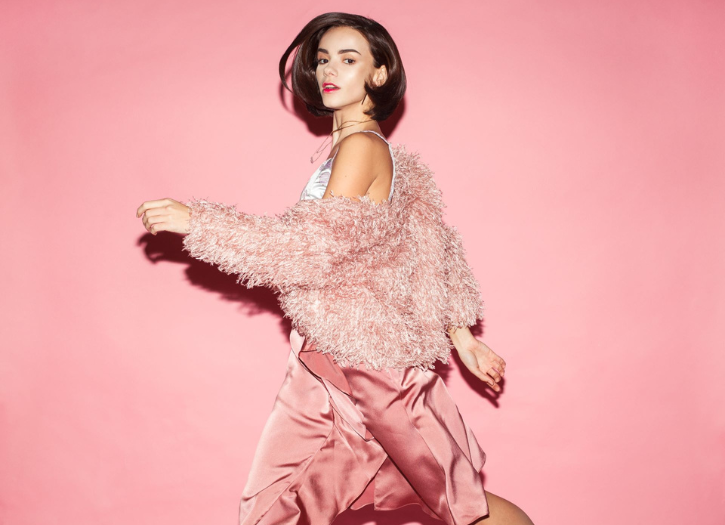
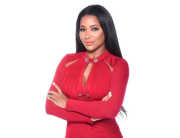


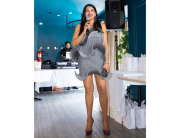
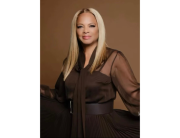
Useful and though provoking post, Sophia. Always though fashion choices are probably made considering comfort or requirement, but that there is another facet to it is interesting.